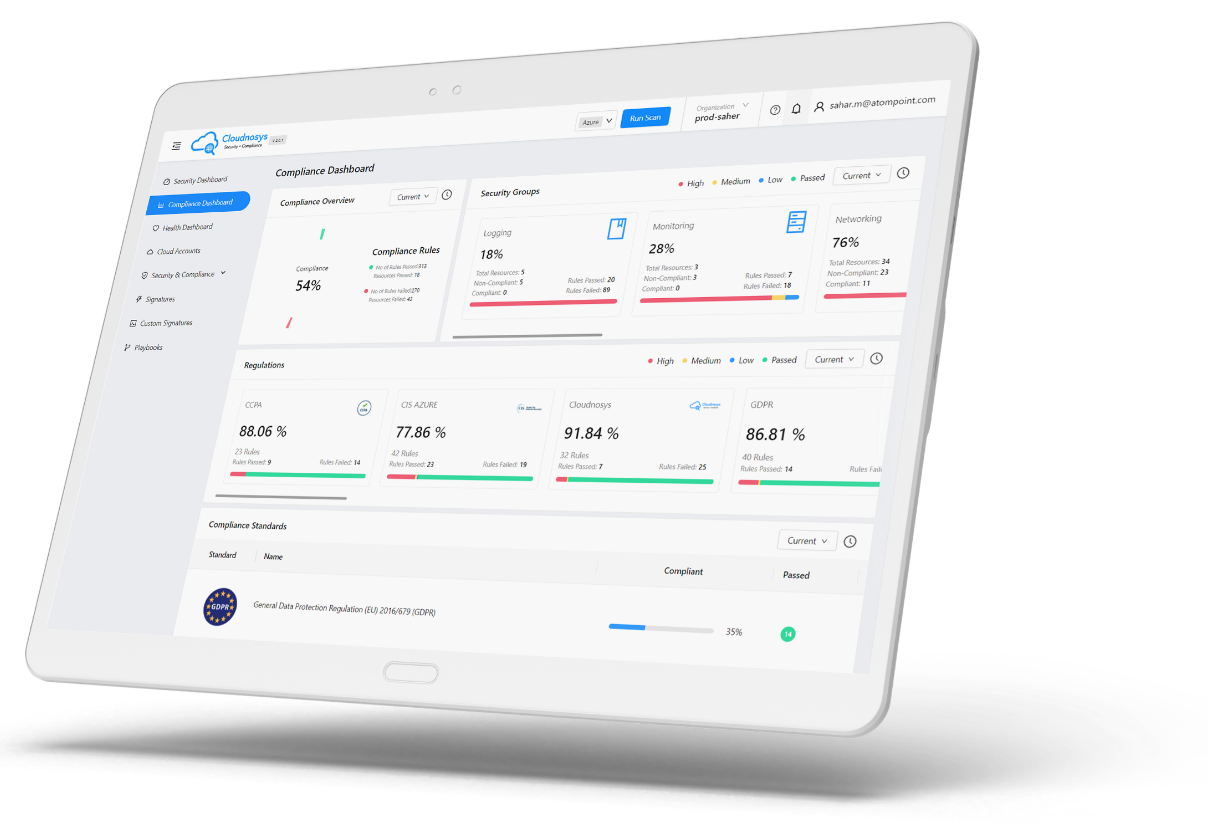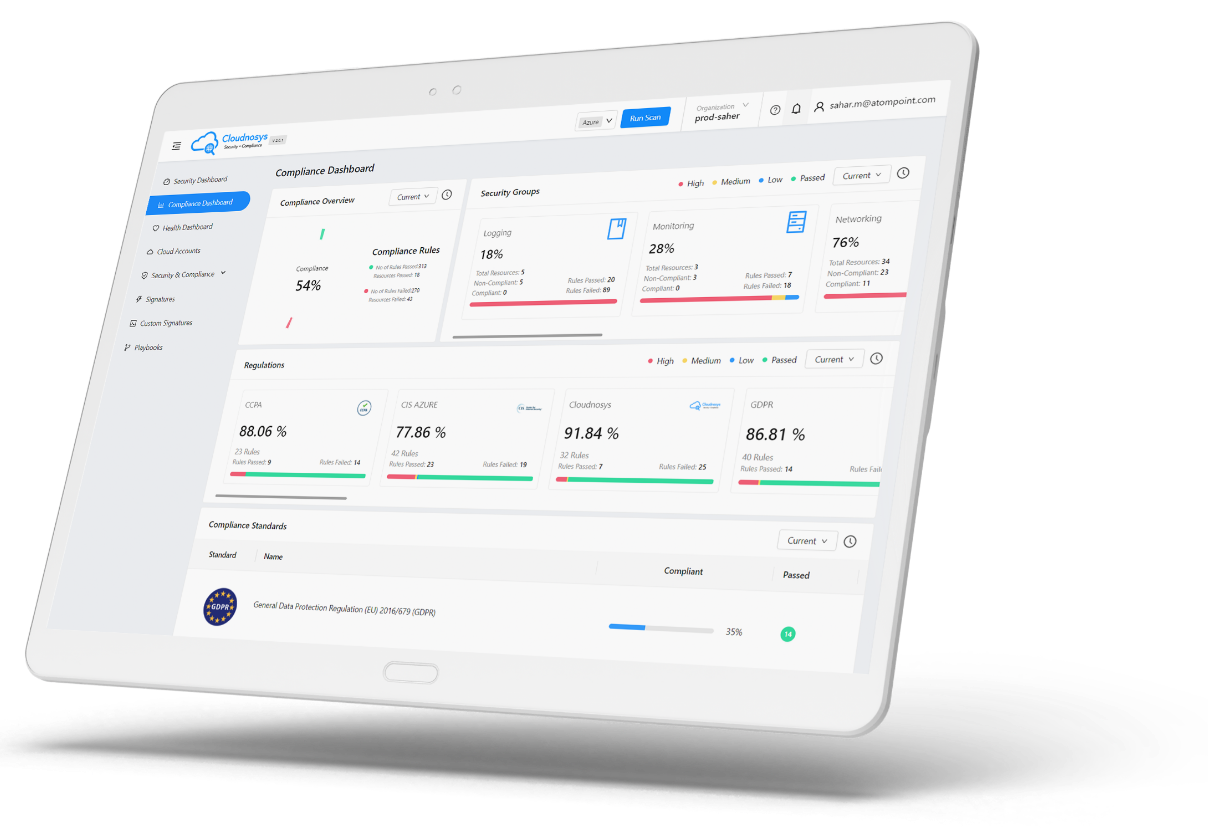In the fast-paced world of technology, ensuring the smooth functioning and security of digital systems is of paramount importance. “Auto remediation” is a term gaining traction as a game-changer in the field of IT operations. It refers to the automated process of identifying and resolving issues or vulnerabilities in the cloud systems, networks, or applications without manual intervention. This article delves into the world of auto-remediation, highlighting its benefits, applications, and best practices.
What is Auto Remediation?
Auto remediation is a revolutionary concept in the realm of IT operations, encompassing automated processes that detect and rectify issues in digital systems. By using a combination of intelligent algorithms and predefined actions, auto-remediation minimizes the need for human intervention, allowing organizations to optimize their operational efficiency while bolstering security measures.
Key Components of Auto Remediation
Auto remediation involves several core components working together in synergy.
These components include:
Monitoring Systems: Advanced monitoring tools continuously assess the health and performance of various digital assets.
Event Triggers: These are pre-defined criteria that signal potential issues or security breaches.
Automated Actions: When an event trigger is activated, the auto-remediation system responds with predefined corrective actions.
How Auto Remediation Works
The process begins with the monitoring system scanning for deviations from the norm. Once an anomaly is detected, an event trigger is activated, prompting the auto-remediation system to initiate the appropriate automated actions.
The Role of Auto Remediation
Enhancing Efficiency in IT Operations
Auto remediation streamlines IT operations by proactively identifying and resolving issues, significantly reducing the need for manual intervention. This allows IT teams to focus on more strategic tasks, thereby optimizing productivity and resource allocation.
Bolstering Cybersecurity
Security breaches and cyberattacks pose a significant threat to organizations of all sizes. Auto remediation plays a crucial role in fortifying cybersecurity defenses by swiftly identifying and neutralizing potential threats and minimizing the risk of data breaches and system compromises.
Improving Incident Response
In the event of a system failure or breach, auto-remediation acts as a rapid incident response mechanism. By automating the remediation process, organizations can reduce downtime and mitigate the impact of incidents on critical business operations.
Benefits of Auto Remediation
Faster Issue Resolution
Auto remediation ensures prompt identification and resolution of issues, reducing the mean time to repair (MTTR) and enhancing overall system reliability.
Minimizing Downtime
With automated responses, the downtime resulting from system failures or security incidents is significantly reduced, ensuring uninterrupted business continuity.
Increased Scalability
Auto remediation can seamlessly handle a large number of incidents and issues, making it ideal for scaling operations without compromising efficiency.
Augmenting Human Efforts
By automating routine and repetitive tasks, auto-remediation empowers IT teams to focus on strategic initiatives that require human expertise.
Use Cases of Auto Remediation
Proactive System Maintenance
Auto remediation ensures systems are well-maintained and optimized, preemptively addressing potential issues before they escalate into critical problems.
Continuous Security Monitoring
Through real-time monitoring and automated responses, auto-remediation enhances cybersecurity by detecting and neutralizing threats proactively.
Patch Management
Automated patch management processes enable timely updates, reducing vulnerabilities and strengthening system security.
Implementing Auto Remediation
Building an Auto Remediation Strategy
To successfully implement auto-remediation, organizations must create a well-defined strategy that aligns with their specific needs and objectives.
Choosing the Right Tools
Selecting appropriate auto-remediation tools is critical to ensure seamless integration and effective outcomes.
Ensuring Compatibility
Auto remediation systems should be compatible with existing IT infrastructure and software to avoid conflicts and disruptions.
Challenges and Best Practices
Addressing False Positives
Auto remediation should be equipped to differentiate genuine issues from false positives to prevent unnecessary interventions.
Handling Sensitive Data
When automating remediation processes, data security and privacy must be given top priority, especially when dealing with sensitive information.
Maintaining Compliance
Auto remediation strategies must comply with relevant regulations and standards, avoiding potential legal and financial repercussions.
Measuring Auto Remediation Success
Key Metrics to Track
Several metrics, such as MTTR, mean time between failures (MTBF), and overall system uptime, can gauge the success of auto-remediation.
Analyzing Return on Investment
Calculating the ROI of auto-remediation helps organizations assess the effectiveness and cost-efficiency of the implementation.
Benchmarking Against Industry Standards
Comparing auto-remediation outcomes with industry benchmarks helps identify areas for improvement and optimization.
Auto Remediation and AI
Synergies and Advancements
The integration of artificial intelligence with auto-remediation presents opportunities for even more sophisticated and proactive remediation processes.
Future Implications
As AI and auto-remediation technologies evolve, the potential for enhanced system resilience and security grows exponentially.
Ethical Considerations
With increased reliance on automated processes, organizations must address ethical concerns surrounding AI and its impact on the workforce.
The Future of Auto Remediation
Potential Technological Advancements
Advancements in machine learning and AI are likely to bring more advanced and accurate auto-remediation capabilities.
Integration with Emerging Technologies
Auto remediation will likely be integrated with emerging technologies, such as Internet of Things (IoT) devices, for broader applications.
Paving the Way for Autonomous Systems
Auto remediation is a stepping stone towards fully autonomous systems that can adapt, optimize, and secure themselves.
FAQs
Question 1. Can Auto Remediation Replace Human Intervention?
Auto remediation complements human efforts, reducing manual workloads and enabling IT teams to focus on strategic tasks.
Question 2. Is Auto Remediation Expensive to Implement?
While the initial investment may vary, the long-term benefits in terms of efficiency and security often outweigh the costs.
Question 3. Does Auto Remediation Work in Real-Time?
Yes, auto-remediation operates in real-time, quickly detecting and responding to issues as they arise.
Question 4. How Secure is Auto Remediation?
Security protocols and encryption measures are integral to auto-remediation systems, ensuring data safety.
Question 5. Can Auto Remediation Adapt to New Threats?
Auto remediation’s dynamic nature allows it to adapt and respond to emerging threats effectively.
Question 6. How to Measure the Success of Auto Remediation?
Key performance indicators like MTTR and MTBF provide valuable insights into the efficacy of auto-remediation.
Conclusion
In the rapidly evolving digital landscape, auto-remediation emerges as a pivotal technology for organizations seeking to optimize their IT operations while fortifying cybersecurity measures. By automating the detection and resolution of issues, auto-remediation empowers businesses to operate efficiently, securely, and proactively. As the symbiosis between AI and auto-remediation evolves, the future promises even greater resilience and adaptability for digital ecosystems.



































